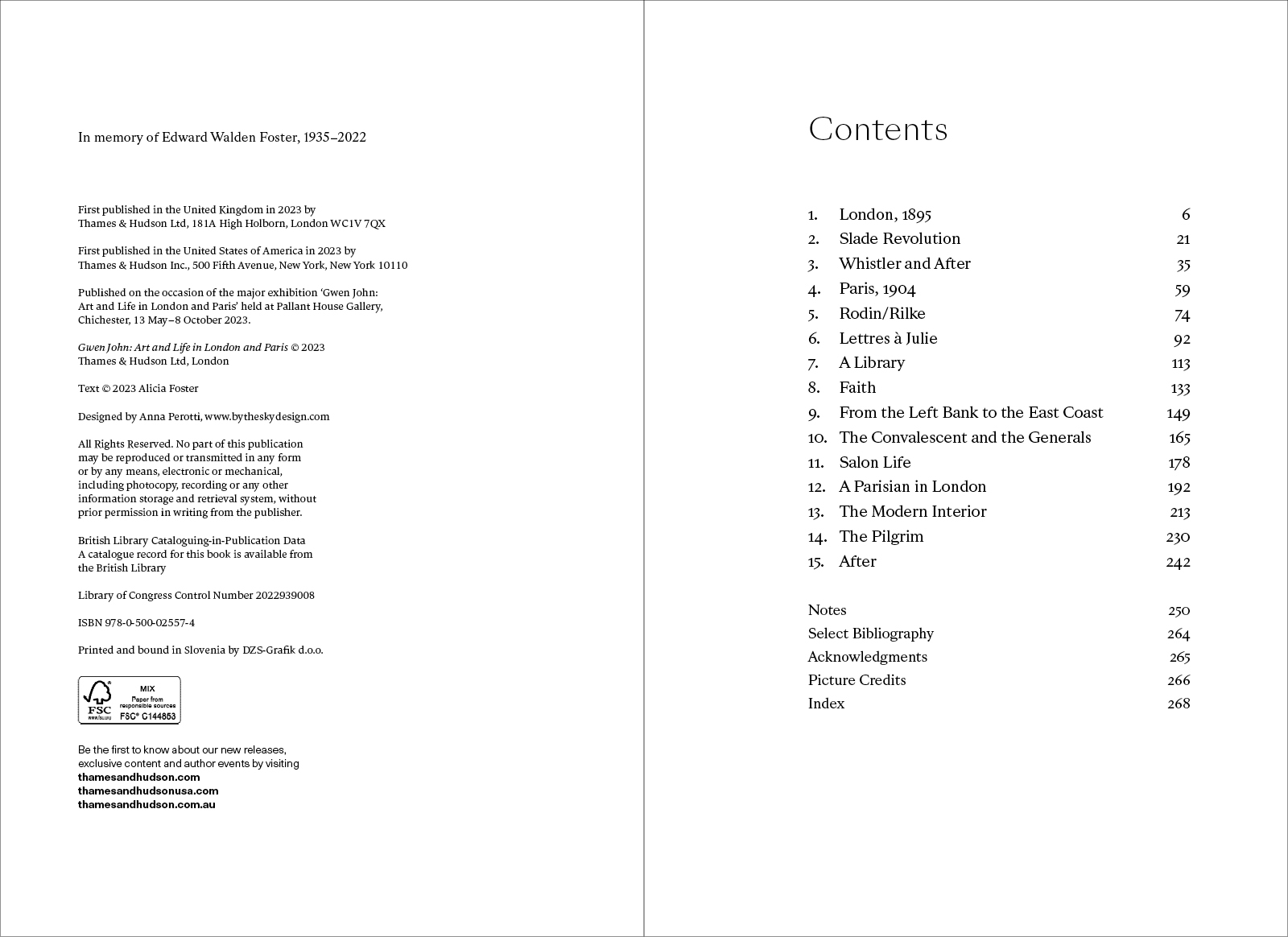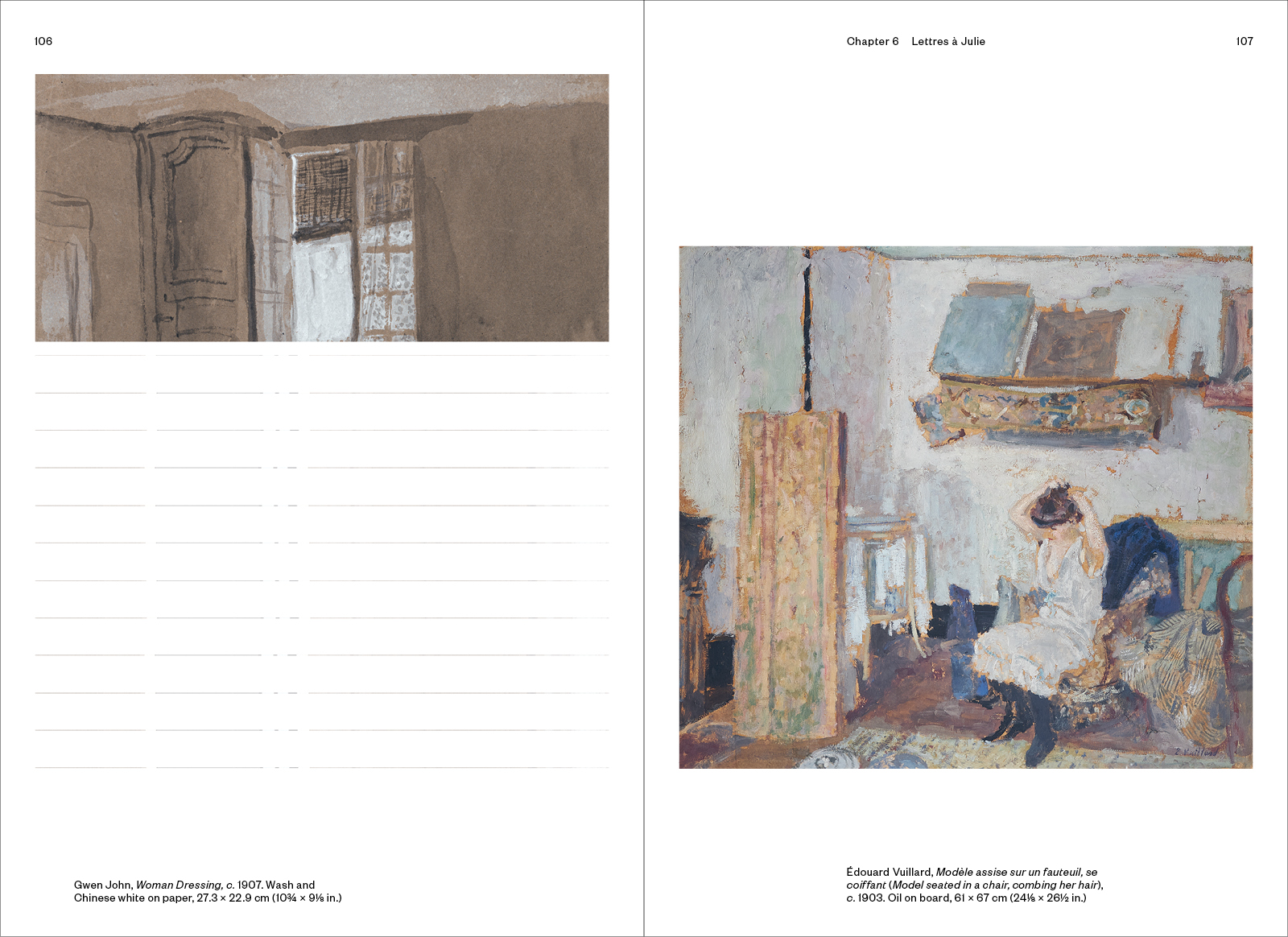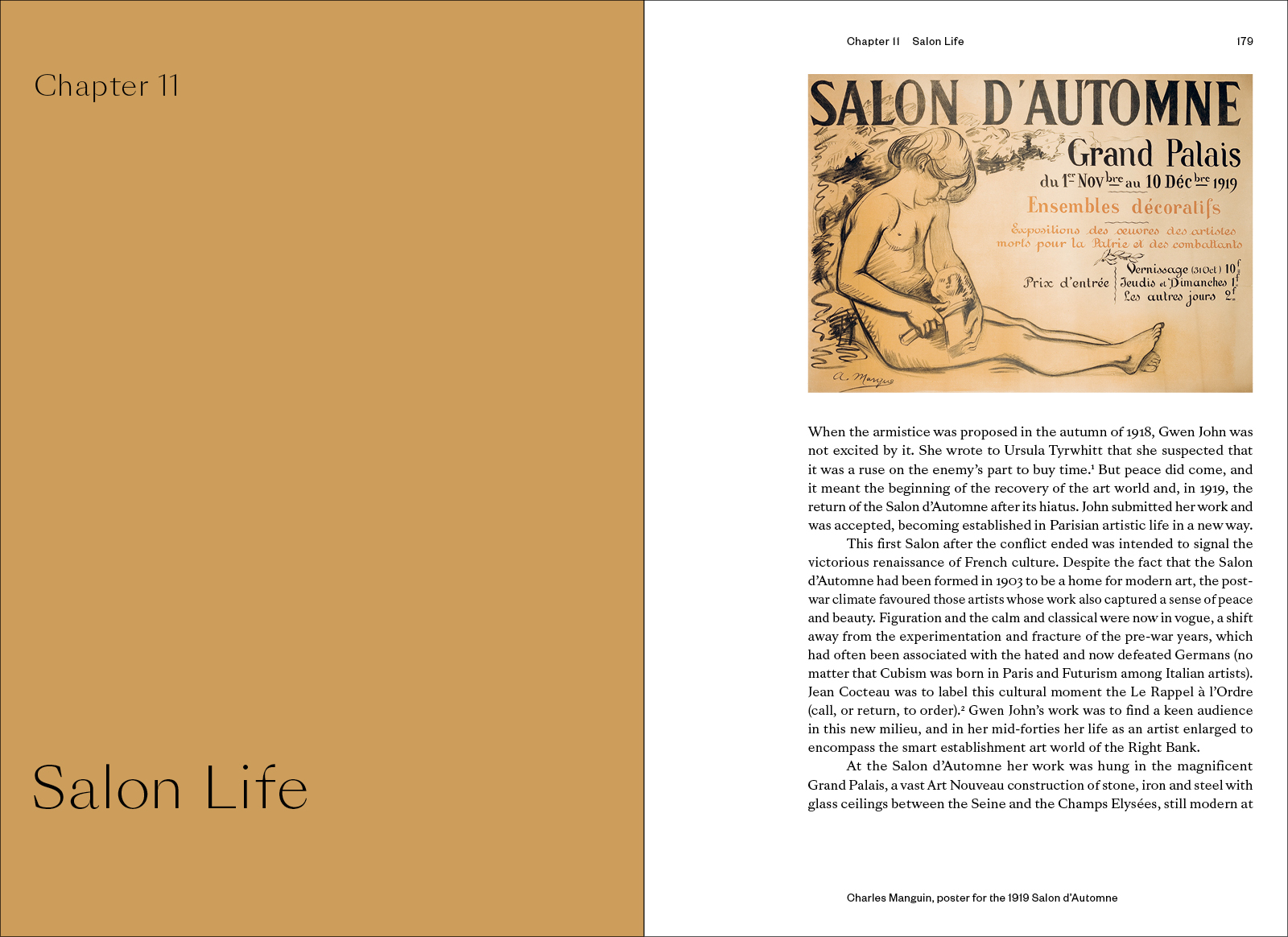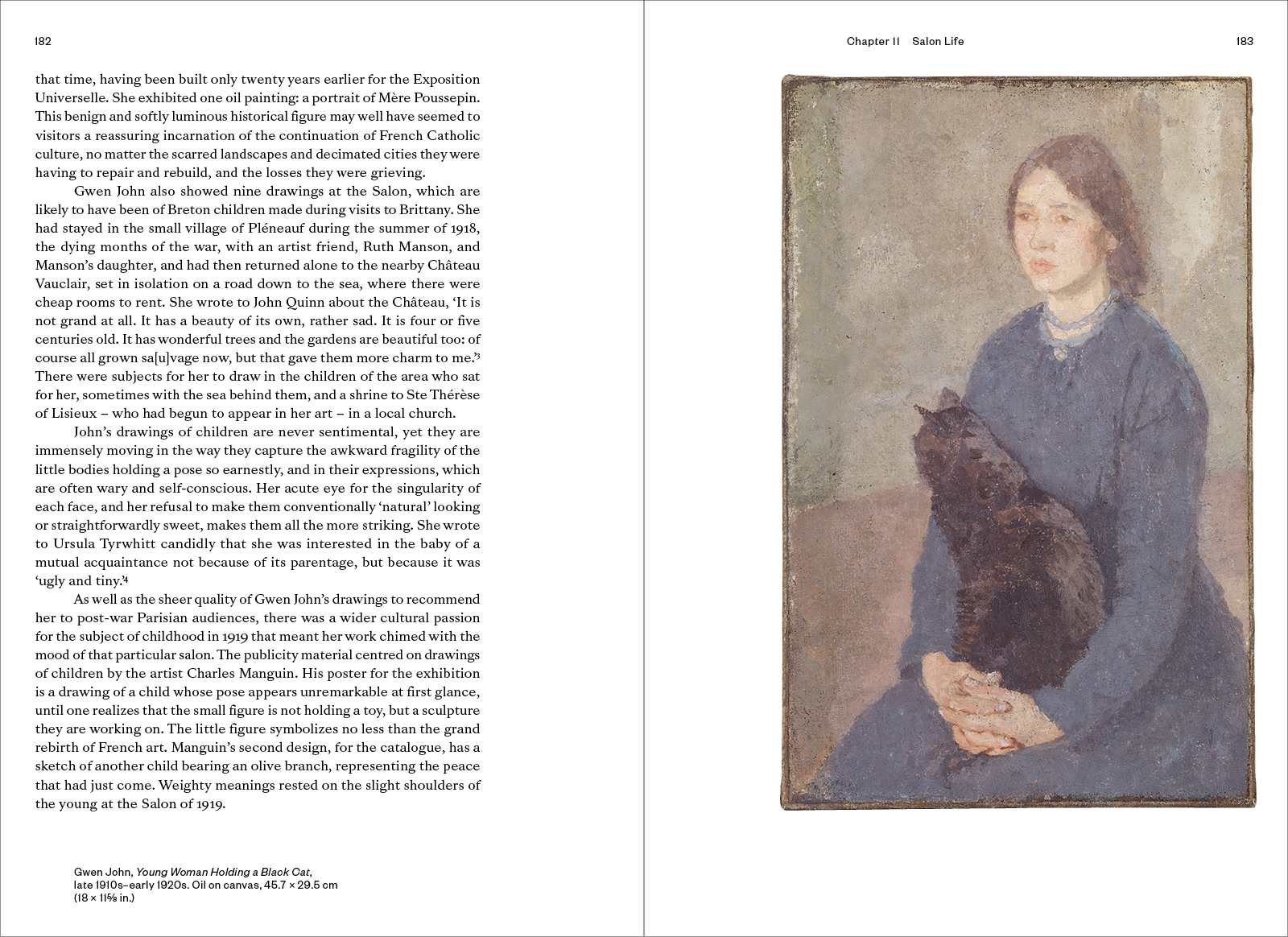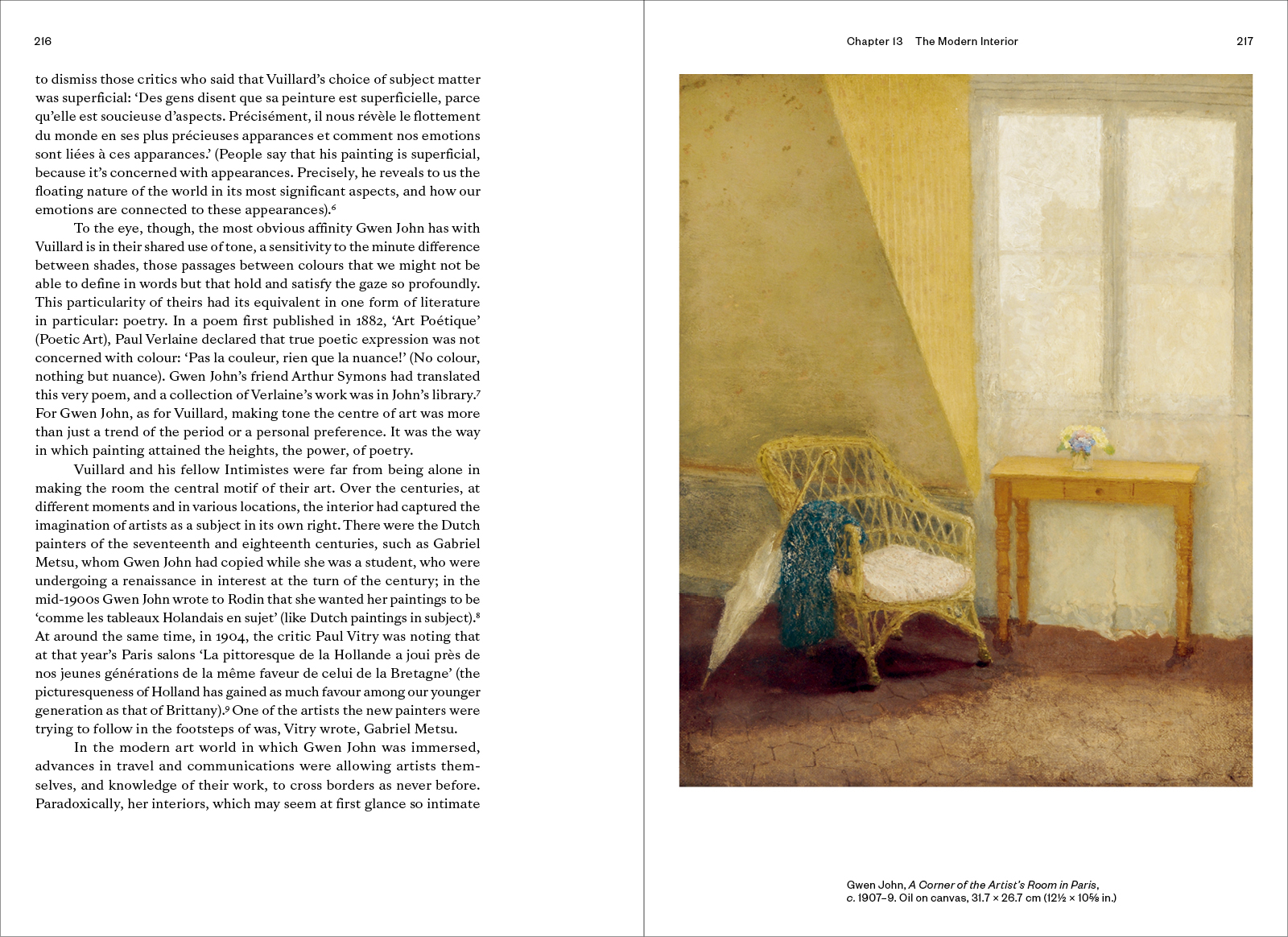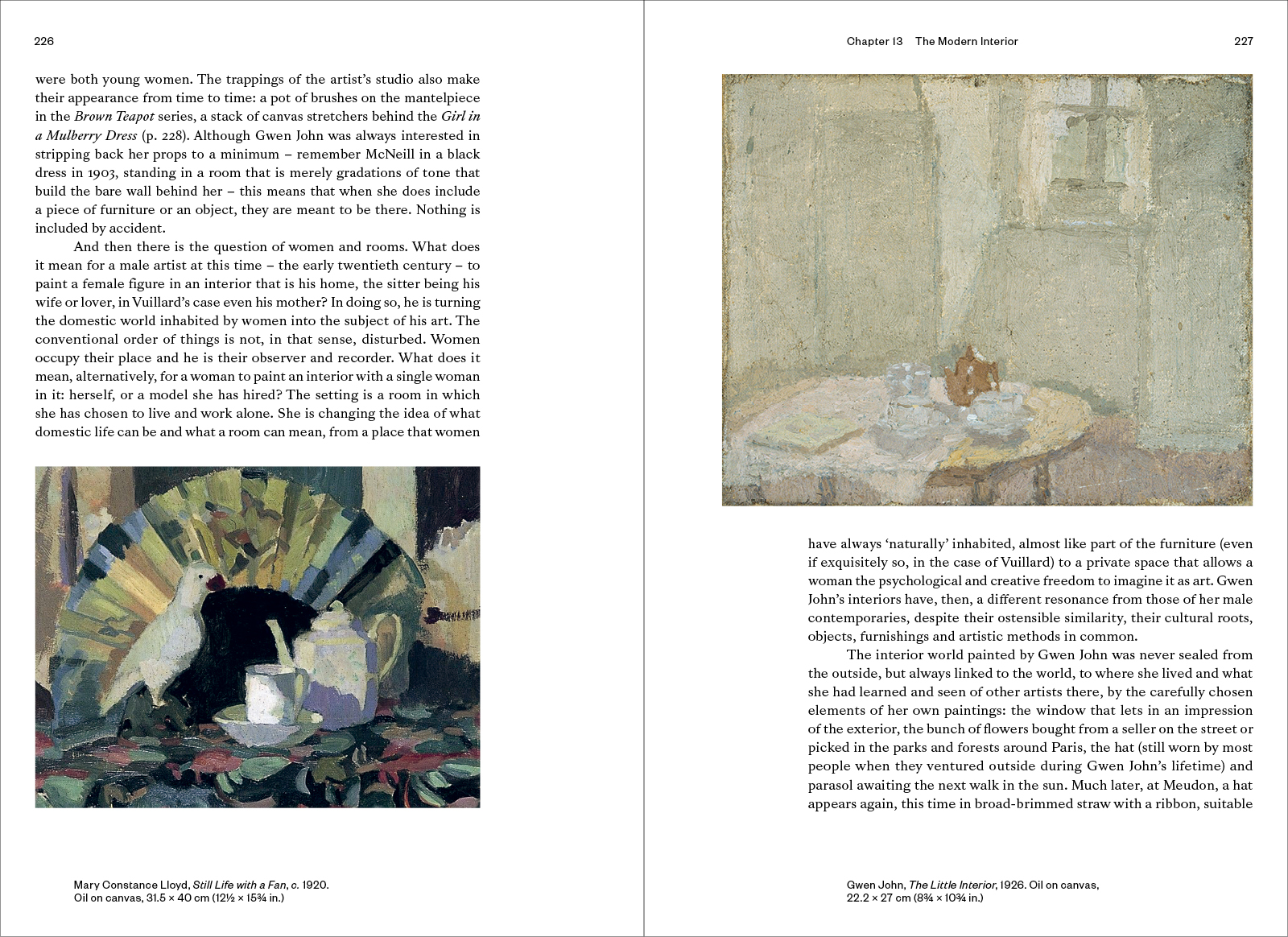Gwen John was one of the most significant British artists of the early to mid-twentieth century, active in Paris and London, and featured inthe highly influential avant-garde Armory Show in New York in 1913. Demolishing the myth of the recluse, this sustained critical biography of a much-loved artist locates her firmly in the art worlds of London and Paris, where she chose to live and work.
Written by Alicia Foster, a critically praised art historian and authority on the artist, Gwen John is based on original research, and examines John’s importance in the context of twentieth-century art. While tracing the development of her work and its significance, the biography also explores John’s relationships both personal and artistic, including her friendship with Rainer Maria Rilke and her romance with sculptor Auguste Rodin.
John, who was born in Wales, spent the latter part of the nineteenth century in London and then moved to Paris where she remained for the rest of her life. She was a contemporary of Paul Cézanne, Marie Laurencin, Paula Modersohn-Becker, and Edouard Vuillard. The book brings these two fascinating cities and John’s milieu to life and introduces readers to lesser-known artists whose lives and works have slipped into obscurity. Both a study of an artist whose importance and recognition continues to grow, and of the artistic world of Europe in the early twentieth century, this book provides a compelling portrait for anyone interested in the life and work of a key figure in the history of art.
Reviews
[Gwen] John is presented throughout Foster's books as embedded in…webs of connections. Far from being a recluse cut off from the world, as she has often been described, she is shown as keenly alert to contemporary trends and ideas… Foster sets John firmly in the story of women's struggle to become professional artists in the early twentieth century and to forge their own place in an art world dominated by men… Foster's study, splendidly illustrated throughout, is a genuinely critical biography: a careful gathering at every stage of John's career of the impact on her life and work of different milieux and individuals, of her response to ideas and techniques, currents and influences, letting us see a great artist working out her own way to live, draw, and paint… Foster's sympathetic portrayal of the tension between her longing for solitude and her involvement with the movements of her time allows us to see her afresh, bringing out her hidden, powerful strength.
— New York Review of Books
One of the Best Art Books of 2023… Curator Alicia Foster's illustrated biography of John frames the artist as an intrepid, bohemian figure who defied the norms of her time, with a vibrant social sphere and complex interior life that both found their way into her work… A truly remarkable book.
— Hyperallergic
Contributors
Alicia Foster
Author
Alicia Foster is an art historian, curator, and novelist. Her publications include Tate Women Artists, Tate British Artists: Gwen John, Nina Hamnett, and a novel entitled Warpaint. She has also curated exhibitions and written the catalog for Radical Women: Jessica Dismorr and Her Contemporaries.



